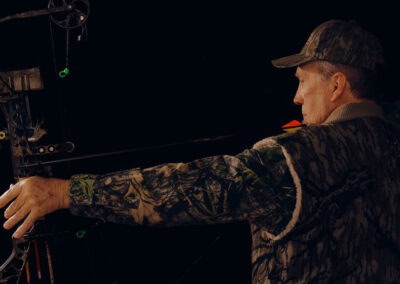Your cart is empty
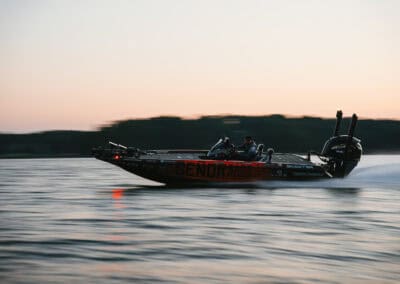
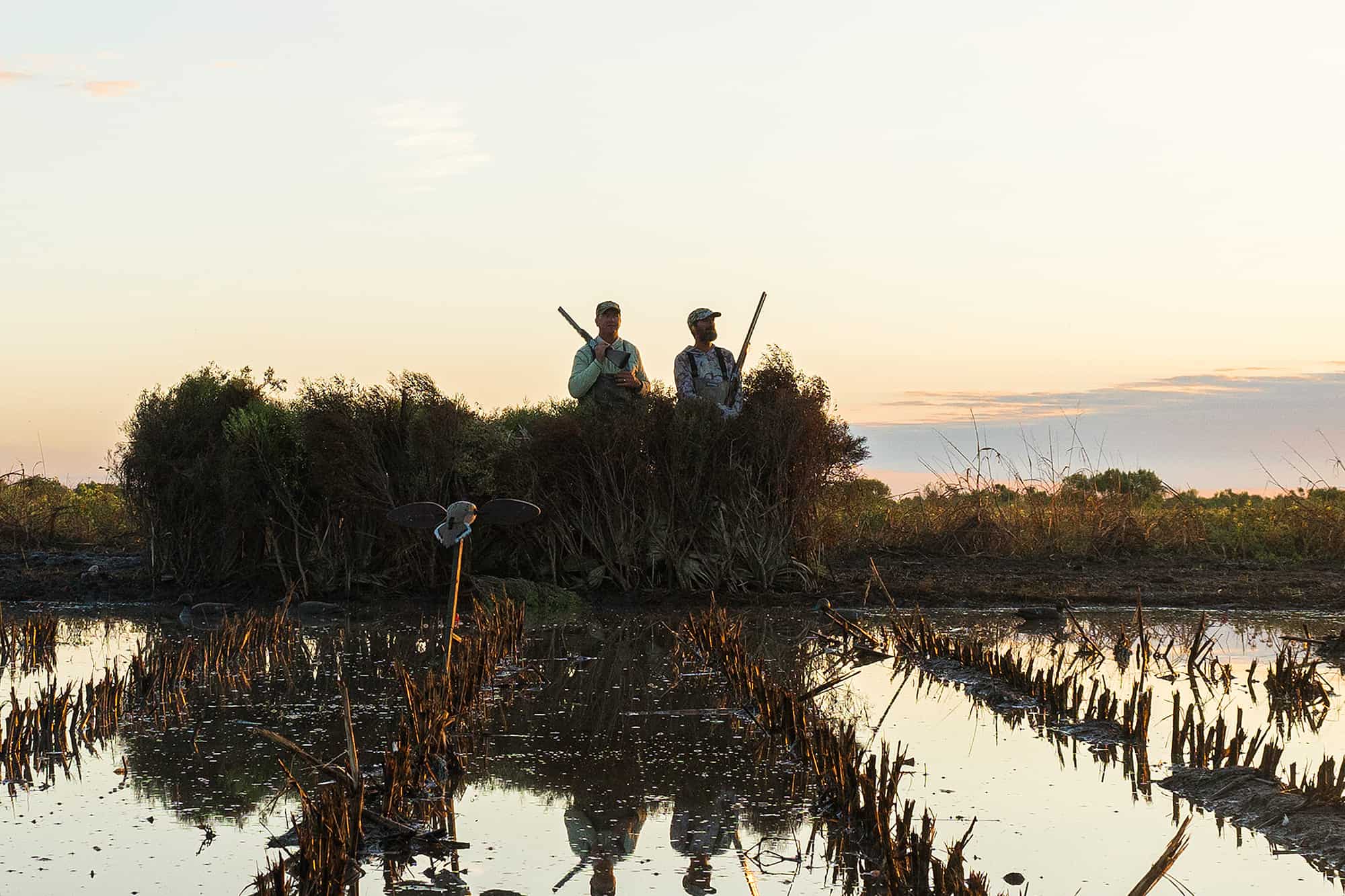
In my home state of Texas, there are few who have done more to fund conservation and the protection of wildlife, habitat and natural resources than the Texas Parks and Wildlife Foundation (TPWF). As the official nonprofit partner of the Texas Parks and Wildlife Department (TPWD, or “the Department”) — the state agency that conserves land and water resources and provides outdoor recreation opportunities — the Foundation has raised over $190 million in private funds since 1991 to support the Department and other conservation partners.
These dollars have been applied to a myriad of projects across the state, and TPWF’s commitment to fundraising has created collaborative partnerships that have produced some of the most successful and diverse wildlife and habitat management programs in the United States. It is a true conservation story with many chapters.
Less than 3% of Texas is accessible to the public. In partnership with the Department, TPWF seeks to improve that number by increasing access to wild places, and provide more hunting, fishing and outdoor recreation opportunities in Texas. One of the most exemplary projects to date is the Powderhorn Ranch, situated about 110 miles southwest of Houston on the coast. In the past few years, TPWF has raised nearly $50 million to acquire, restore and help manage this 17,351-acre piece of land — one of the last contiguous pieces of native coastal prairie left in Texas. Collaborating with the Department, a large landscape-scale management and infrastructure development plan was created, and in October 2018, 16,000 of those acres were endowed to the state as a publicly accessible wildlife management area.
Unique to the region, Powderhorn Ranch represents one of the most critically threatened habitats in the state, is a haven for songbirds, migratory waterfowl, and shorebirds, and acts as a filter for the bays and estuaries. It is also a proven wintering ground for one of the world’s famed but endangered bird species: the whooping crane. Where much of the Texas coast has been heavily altered through commercial, residential and agricultural development, Powderhorn is a vitally important ecosystem that exemplifies the best in biodiversity that this coastal region has to offer. Largely thanks to TPWF, it is now conserved in perpetuity.
“We are so proud to have been able to play a significant role in making Powderhorn a reality, and it’s a great example of our strategy to partner with other organizations to achieve long-term conservation goals. We worked with the Nature Conservancy, National Fish and Wildlife Foundation, and the Conservation Fund on this project, and it exemplifies the impact of public / private partnerships in conservation,” Susan Houston, the Executive Director of TPWF, told me during a recent catch-up.
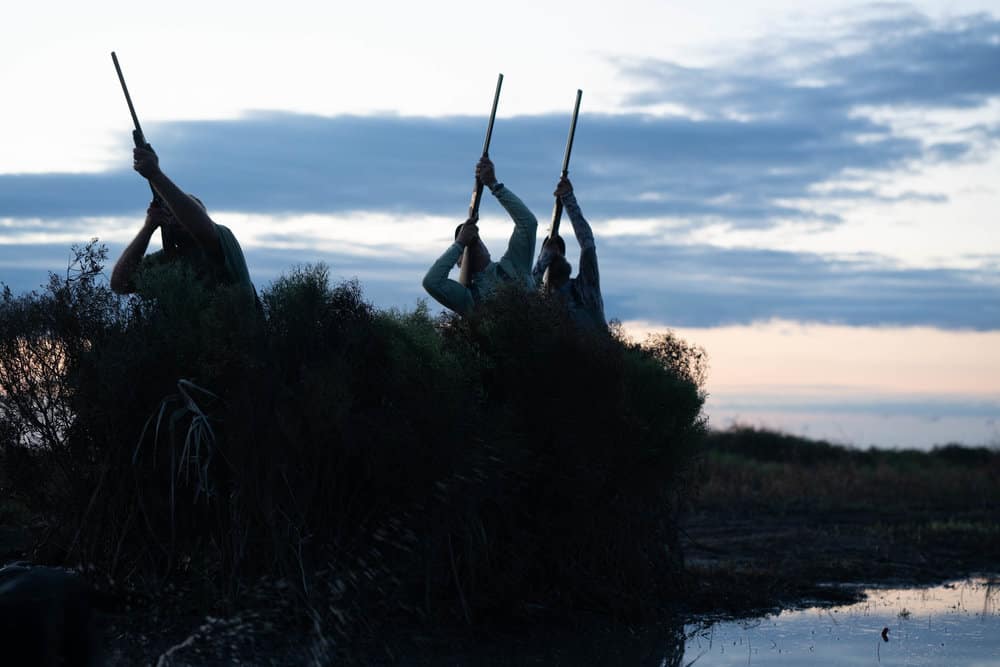
I’ve had the privilege of working with Susan and her team over the past few years and have observed this project in various phases as it progressed. Their vision for conservation in Texas is a remarkable one, and it is encouraging to see this project come to life and set the stage for a legacy of conservation and wildlife management. Hearing a bout it is one thing, but you really have to see Powderhorn for yourself to appreciate the intricate beauty the ecosystem has to offer. To increase awareness and communicate the complexities of this project, TPWF invited a group of us down to visit this past fall, conveniently timed with the opening day of teal season.
I was joined by JT Van Zandt, a famed fly fisherman and son of legendary Texas singer/songwriter Townes Van Zandt, Phil Lamb and Josh McKee of Stewards of the Wild — a TPWF-sponsored group of young professionals promoting conservation and the outdoors in Texas — and Colonel Grahame Jones, the Director of Law Enforcement who oversees the 550 game wardens serving in the state. Arriving at the gates in a deluge of coastal rain, we were met by Gene McCarty, TPWF’s property and project manager for Powderhorn. He’s the man behind the restoration and management success of the project, having overseen it through the transition from private land to Wildlife Management Area, and is the best person to communicate the significance of the property.
“Powderhorn is a really unique place because it’s about as pristine as you can get in Texas with the fundamentals of the landscape and ecology still intact. With this as a classroom, you ca n do a lot of education on landscape scale management,” Gene told us in the matter-of-fact manner of someone with a long and storied career in fisheries and wildlife biology. In the first few hours, we drove around chasing a slowly sinking South Texas sun, and Gene showed us the ropes. “While the ecosystem was mostly pristine to begin with, there was a lot of work that needed to be done to develop infrastructure, improve certain aspects of the habitat, and increase public access readiness prior to handing it over to the Department.” Gene pointed out how they had applied prescribed burning techniques to 8,000 or so acres to control running live oak — a thick, woody underbush that allows for little biodiversity and makes access nearly impossible, especially for hunting — and promote the recovery of native coastal grasslands. They also applied herbicide and prescribed burns to an additional 3,800 acres to create more open areas, and installed 7.5 miles of interior fence to allow for rotational grazing of cattle to aid habitat restoration.
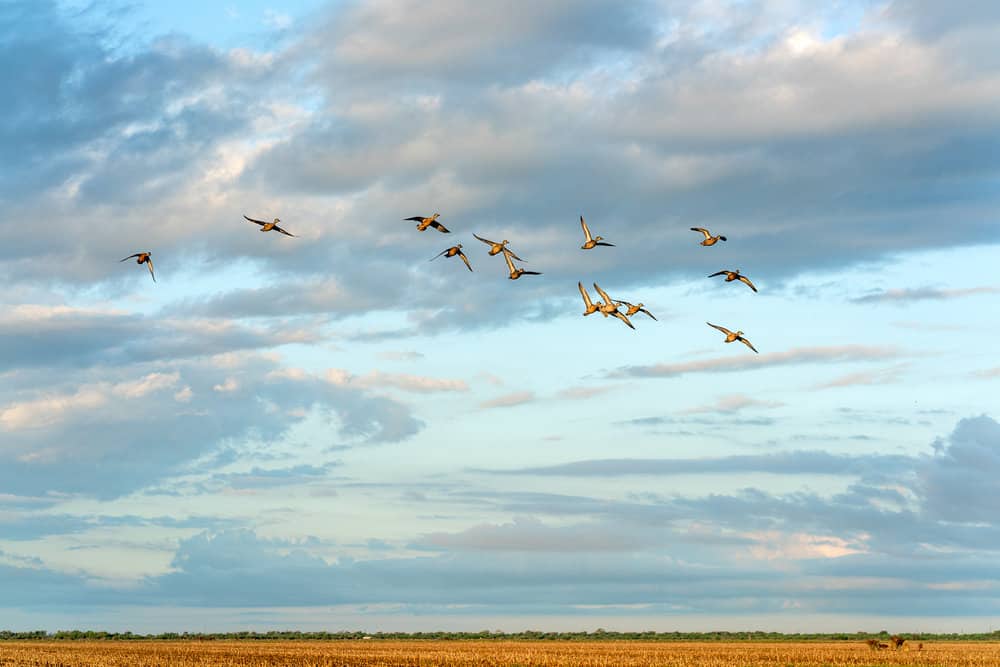

That management plan, created in conjunction with the Department, is working. The native habitat and wildlife are thriving. Apart from the abundance of bird life, we saw white- tailed, axis and sambar deer, feral hog, and quail, as well as amphibians and reptiles like the American alligator throughout the 200 or so freshwater pothole wetlands that pepper the area. Gene took great care in explaining the details of their management strategy, and while it seemed like a staggering amount of work to get it ready for the Department to take over, the transition was successful. Though our visit was before the public hunting officially opened up on Powderhorn, there are a number of hunting opportunities available through its designation as a Wildlife Management Area.
Apart from learning about the significance of Powderhorn, we were also there for the opener of teal season, and only had a short drive to some amazing waterfowl habitat. Packing up long before dawn, we headed to an adjacent inlet, where 17 inches of rain had flooded crop fields and was tempting ducks to descend from the flyway. It isn’t every day that you get to hunt with the Colonel Game Warden, and as he demonstrated his shotgunning prowess by routinely beating JT and I on the wing, I got a chance to hear more about his personal philosophy on hunting and conservation.
“I love to hunt and fish, and take every opportunity that I can to get into the field and participate in the system of support created by the purchase of licenses and duck stamps. A lot of people don’t realize that the funds created from the sale of hunting and fishing licenses is what rebuilt our wildlife and fishery populations,” Grahame told me in a whisper between the dive-bombing buzz of teals overhead. “We want more people to enjoy the outdoors, whether it’s through hunting, fishing, boating or hiking, and I try to convey that to my team. People never forget the first time they get checked by a game warden, and I think it’s really important that we’re as friendly and welcoming as possible, because we’re ambassadors of the outdoors and wildlife. Of course there are situations where good people make mistakes and we have to write citations, but the important thing is that we explain why it’s necessary for conservation: why they shouldn’t have an undersized speckled sea trout or redfish, because it negatively affects the populations.”
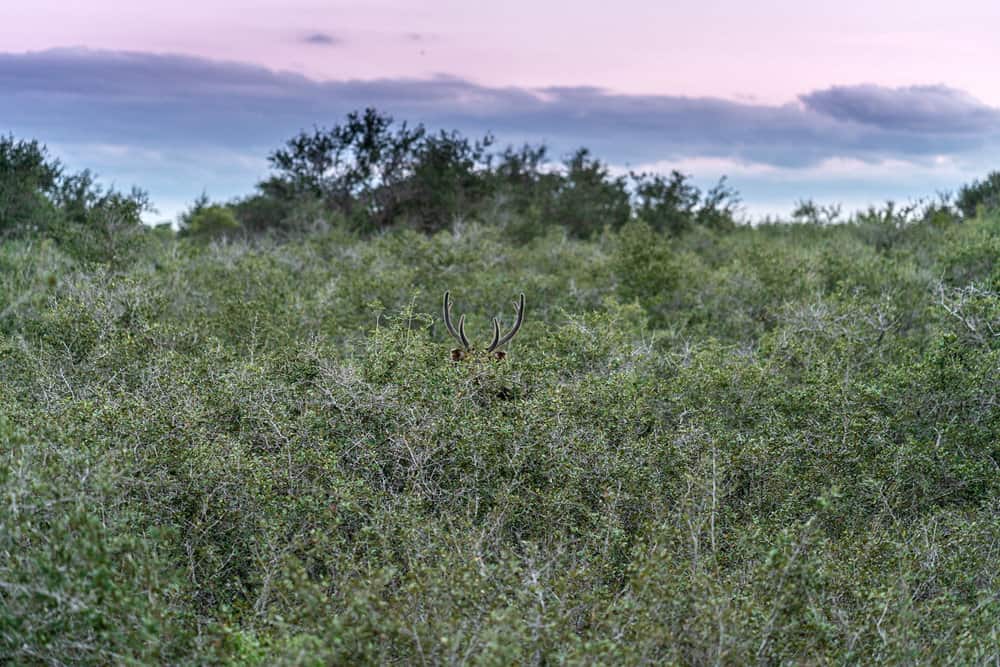
Grahame is ardently dedicated to conservation, and when I asked him what it meant to have the support of TPWF, he took a deep breath, collected his thoughts, and replied in an emotionally tinged tone of gratitude, “I’m not aware of an organization that supports Texas game wardens more than the Foundation, and I just could not be more thankful for their efforts to champion us, the Department, and all of the people who hunt and fish in this state. Apart from the fundraising, they are such a strong voice, and just to know that they’re always there to support our mission… I’ve just got no words for that.”
As we cleaned our ducks and prepared them for the freezer, the same sentiment was shared by JT Van Zandt, a member of TPWD’s Saltwater Fishing Advisory Board and ambassador for TPWF’s We Will Not Be Tamed (WWNBT) campaign, which aims to raise awareness and encourage more Texans to get outdoors and involved in conserving wild things and places. “As a professional fly- fishing guide, my livelihood depends on the health of our coastal fisheries. The fact that TPWF gives guys like me a voice to promote sustainable fishing practices and respect toward our precious resources is incredible. Conservation starts with awareness, and the way that WWNBT is engaging with new audiences is really encouraging. That and the fact that they’re preserving habitat and improving public access with places like Powderhorn really gives me hope for the future of conservation. This is a truly special organization, and I’m honored to be a part of this campaign,” JT beamed as we sat on the screen porch in rocking chairs, overlooking the night sky in Matagorda Bay. Pausing in conversation, we could see a sambar stag wading into the shallows, the moonlight glimmering off his antlers as he attempted to drown the ticks on his undercoat in the ebbing salt tide.
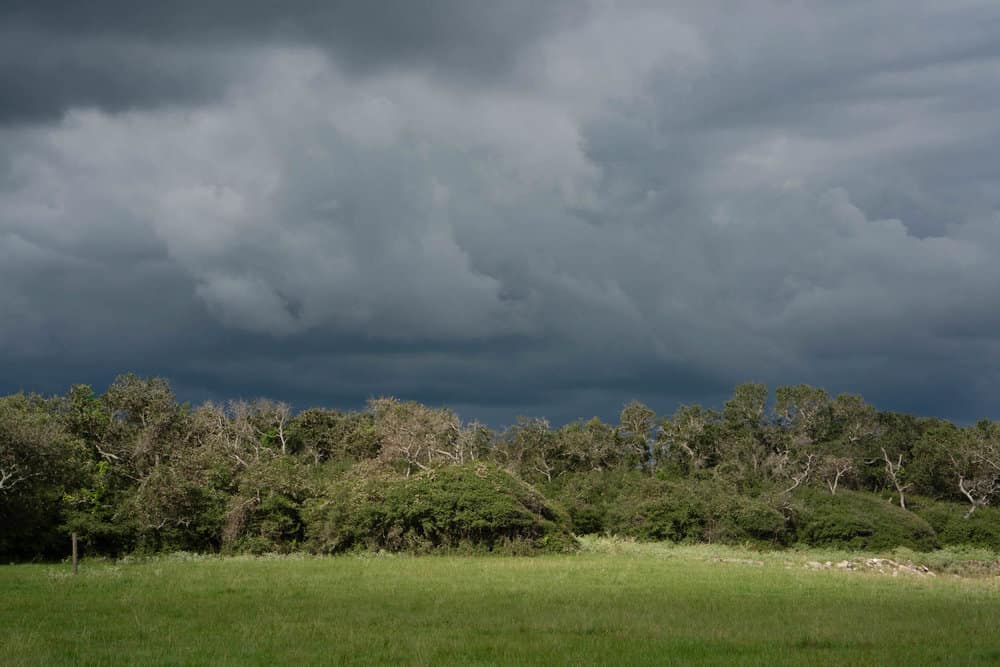
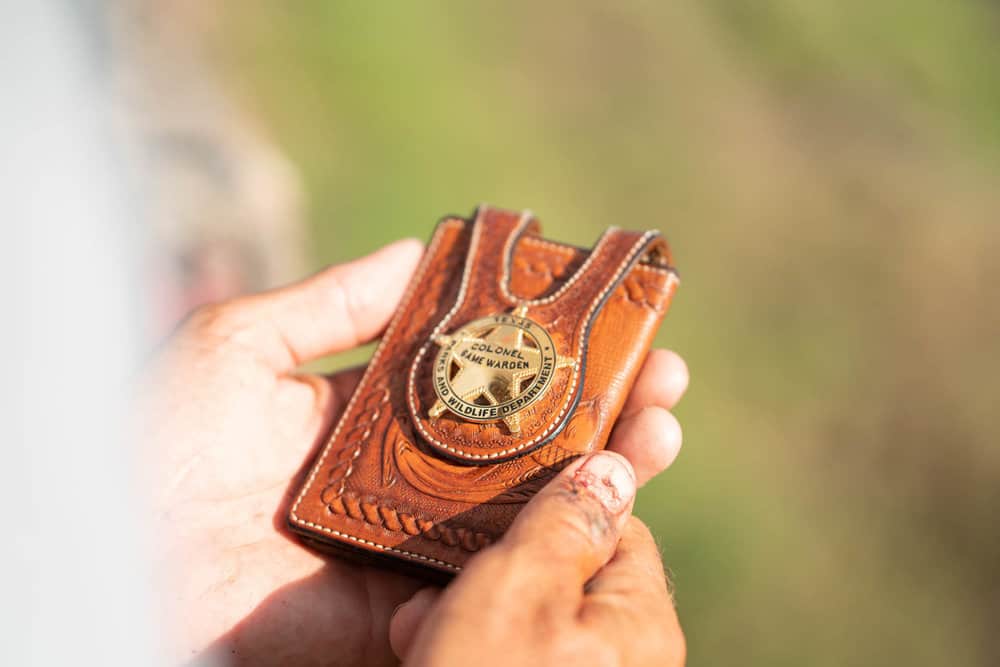

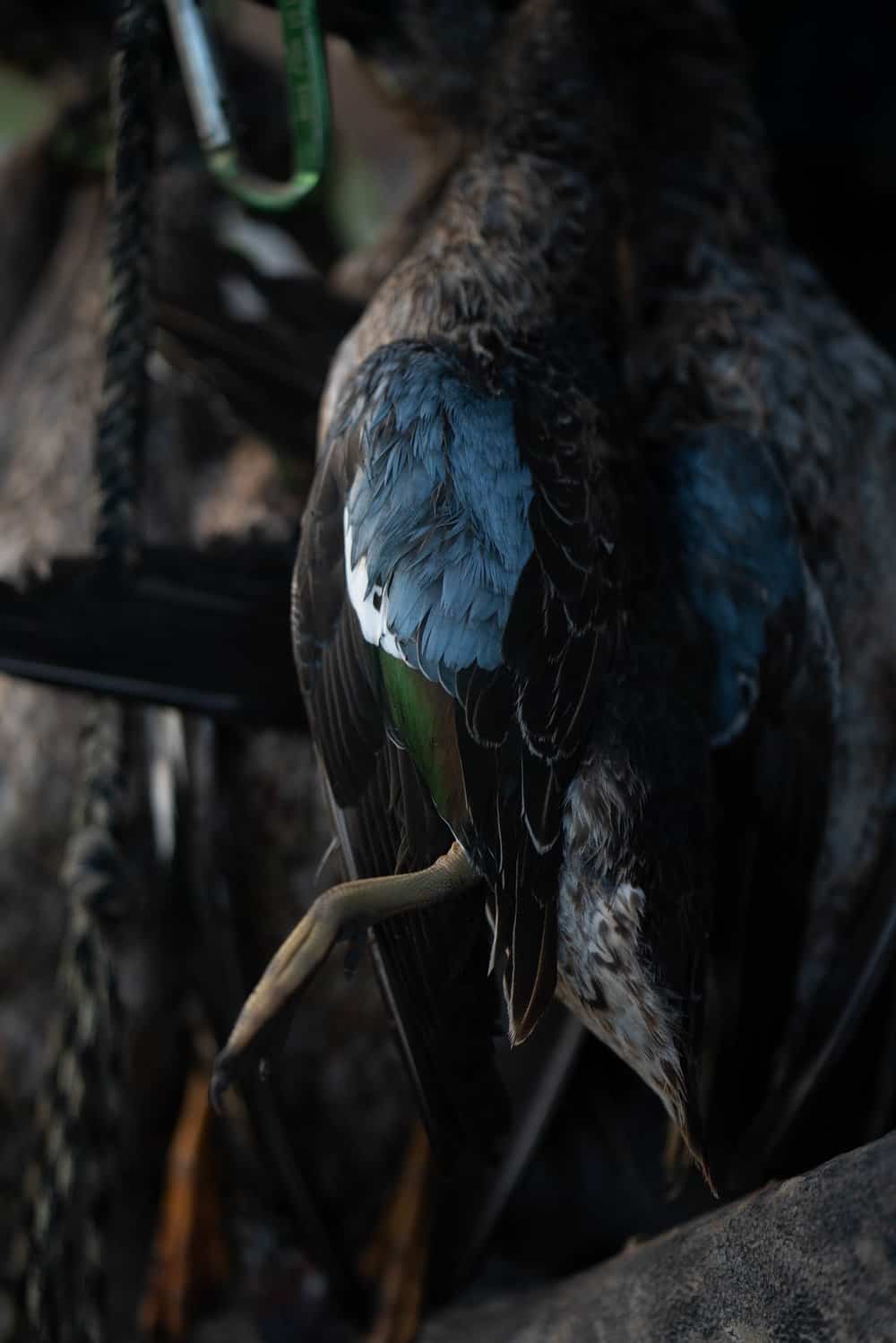
While Powderhorn Ranch is certainly a success story, it is only the beginning, and the first iteration of a replicable model that will serve Texas for generations to come. According to Executive Director Susan Houston, their efforts are now focused on the Big Bend region, where there are three million acres of federally and state-protected land that is some of the most rugged, diverse and beautiful terrain in North America.
“We have the opportunity to conserve the last remaining piece of pristine acreage connecting Big Bend National Park with the Black Gap Wildlife Management Area. It’s 16,000 acres of incredible habitat along the Rio Grande River, and is home to desert bighorn sheep, mule deer, black bear and mountain lion. The estimated purchase price is eight million dollars, and we’ve committed to raising two million. It may seem like a lot of money, but 60% of the donations for the Balmorhea Project we worked on were less than $100, and were mostly from people who just cared to see that beautiful place preserved. We’re hoping to see the same success with the Black Gap project,” Susan told me with an optimism backed by a track record of fundraising success and a vast network of dedicated conservationists.
JT Van Zandt, member of TPWD’s Saltwater Fishing Advisory Board and ambassador for TPWF’s We Will Not Be Tamed (WWNBT) campaign
We can contribute to that success, and we should. A major part of starting Modern Huntsman was so that I could help people like Susan, Grahame, and Texas Parks and Wildlife to be able to share their story with more people from diverse backgrounds and have a shot at raising awareness, inspiring change and actually saving something when many things are disappearing. Lofty? Sure. Worth an effort? Absolutely, with everything I’ve got. Especially if it’s for friends and a cause I believe in, like TPWF.
Texans are pretty proud as it is, but it makes me a hell of a lot prouder to know that the future of our wildlife and wild places is being looked after by an organization like the Texas Parks and Wildlife Foundation. And given the lasting legacy that projects like Powderhorn and Black Gap will leave, it’s likely that our grandchildren will feel the same way.
This story was originally featured in Modern Huntsman, Volume Three: Wildlife Management with support from Texas Parks and Wildlife Foundation
Related Stories

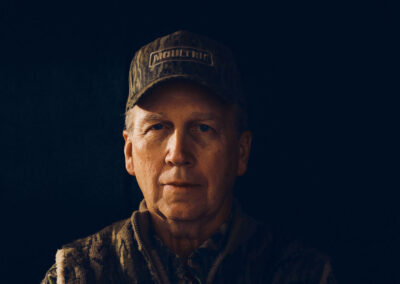
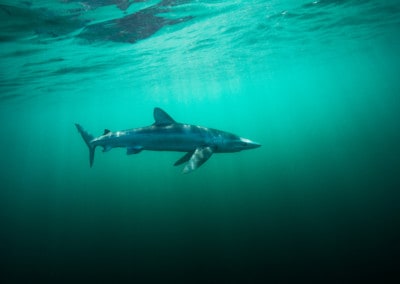
Latest Stories

